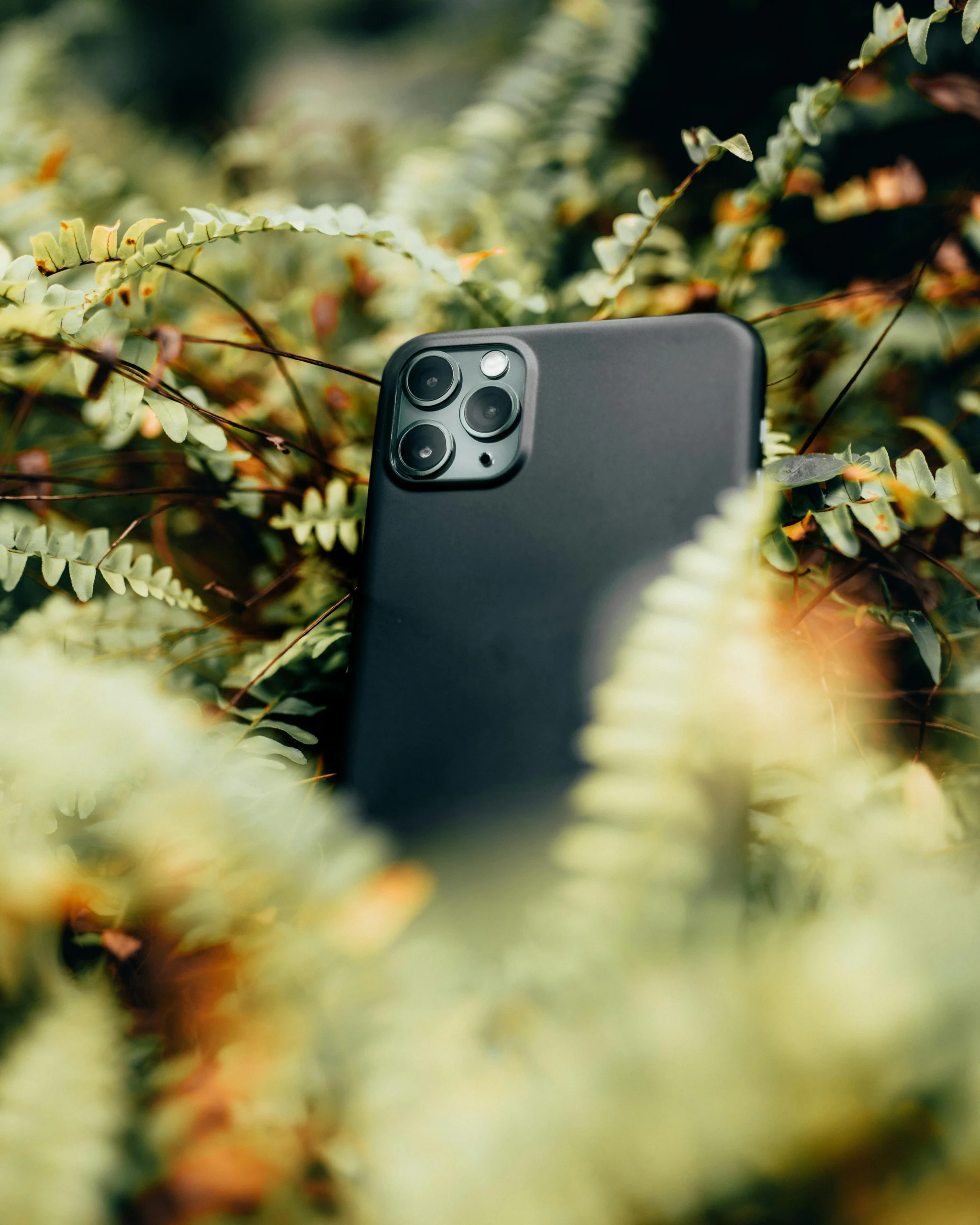If you’re trying to grow your ecommerce brand but have no idea where to start with marketing, you’re not alone.
Most founders jump between channels based on what they see online, one minute it’s TikTok, next it’s Google Ads, then someone says SEO is king. So they end up trying a bit of everything and gaining momentum in none.
At Gro, we teach founders to ignore the noise and focus only on channels that make sense for their audience, their product and their stage of business.
In this blog, we’re breaking down the three marketing channels we believe every early-stage ecommerce founder should test first — and how to do it without wasting your budget.
Why You Shouldn’t Do Everything at Once
There are 19 major marketing channels available to founders — from SEO and PR to offline events, partnerships, influencer marketing and more.
But that doesn’t mean you should try them all.
One of the core frameworks inside Gro is the Bullseye Marketing Framework, which teaches founders to test 3 promising channels quickly, double down on what works and ignore the rest.
Most ecommerce businesses don’t need more ideas — they need focus. The right few moves will take you further than ten random ones.
What Makes a Good “First Test” Channel?
The best marketing channels to test early are:
- Low cost to entry
- Fast to implement
- Easy to measure
- Already aligned with your customer’s behaviour
So we’re not picking these channels just because they’re trendy — we’re picking them because they give you the fastest path to real insight.
Channel 1: Organic TikTok or Instagram Reels
This is the fastest way to test messaging and see what your audience actually responds to — for free.
You don’t need a content team. You don’t need a viral dance. You just need a phone and a basic understanding of what your audience finds interesting, funny or helpful.
Post:
- Unboxings
- Behind-the-scenes
- Founder story
- Customer reactions
- Packaging process
- Product “how to use”
The goal isn’t to go viral. It’s to create scroll-stopping content that gets feedback. Even 200 views can tell you more than months of quiet ads.
Why it works:
Your audience is already on these platforms. They want real people, not polished brands. It’s low cost, fast to test, and teaches you how your market thinks.
Channel 2: Google Search (SEO or Low-Budget Google Ads)
This channel is perfect for products that solve a clear, Google-able problem.
If people are already searching “best yoga mat for bad knees” or “eco-friendly dog shampoo,” that’s a huge sign of intent.
Two ways to test this:
- Option A: Blog content or landing page targeting specific searches
- Option B: Google Ads with exact match keywords to test click-through and conversions
You don’t need to become an SEO expert. Just write one clear blog or product page that solves a specific problem your product addresses.
Why it works:
Search traffic shows high intent. These are people looking to buy or solve something — not just browse. You also get keywords, questions and objections straight from your audience.
Channel 3: Manual Outreach and DMs
This is one of the most underrated tactics, especially for newer brands.
Instead of hoping people stumble on your store, go find your ideal customer where they already hang out. Message them directly with something personal and non-salesy.
Places to try:
- Instagram (commenters or followers of similar brands)
- Reddit (threads related to your product niche)
- Facebook Groups
- LinkedIn (for B2B or niche products)
What to say:
Hi [name], saw your comment in [group/post] and thought I’d say hello.
I’ve built something for [problem] and would love to get your opinion on it — no pressure to buy, just curious what you think.
This opens a real conversation. Some will give feedback. Some will buy. Some will ignore you. That’s all useful.
Why it works:
It’s direct. It builds trust. And it costs nothing but time. If you can’t sell to someone one-on-one, it’s unlikely ads will work either.
Bonus Tip: What to Track When Testing
No matter which channels you test, the most important thing is to track the right signals:
- Impressions show reach
- Clicks or visits show interest
- Messages or replies show engagement
- Sales or sign-ups show intent
Don’t just judge by followers or likes. Look at action. You’re not building an audience. You’re building a business.
What Founders at Gro Learn From This
Every founder inside the Gro programme starts with structured channel testing like this. Often, what they think will work isn’t what actually does.
We’ve seen:
- Founders who expected Instagram to be their best channel, but got all their early customers from Reddit DMs
- Brands that thought TikTok was too saturated, but gained momentum from three simple packaging videos
- Store owners who avoided Google Ads because they “didn’t get it” — and then found 5 profitable search terms in one weekend
You won’t know what works until you test it. And you only need one winning channel to build real momentum.
What to Do Next
- Pick one of the three channels above
- Set a simple test: 3 videos, 3 posts or 3 conversations
- Run the test for 7 days
- Track clicks, responses and actions
- Adjust based on what gets real engagement
If it works, go deeper. If it doesn’t, test the next.
This is exactly how we teach early-stage marketing inside Gro. Not based on guesses, but based on real feedback and fast learning.
Stop spinning in circles. Start testing with purpose.












